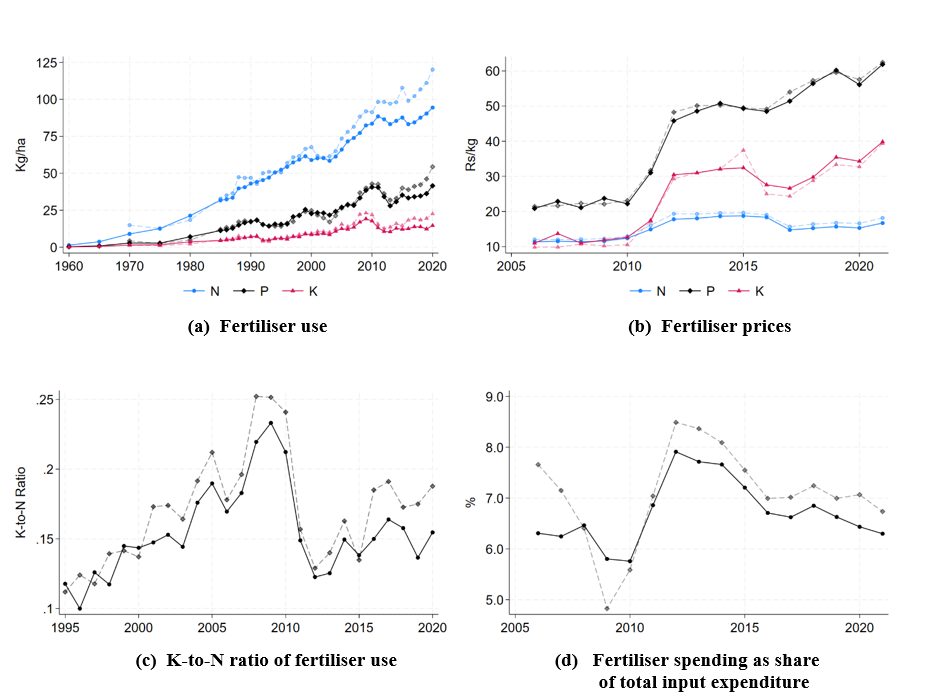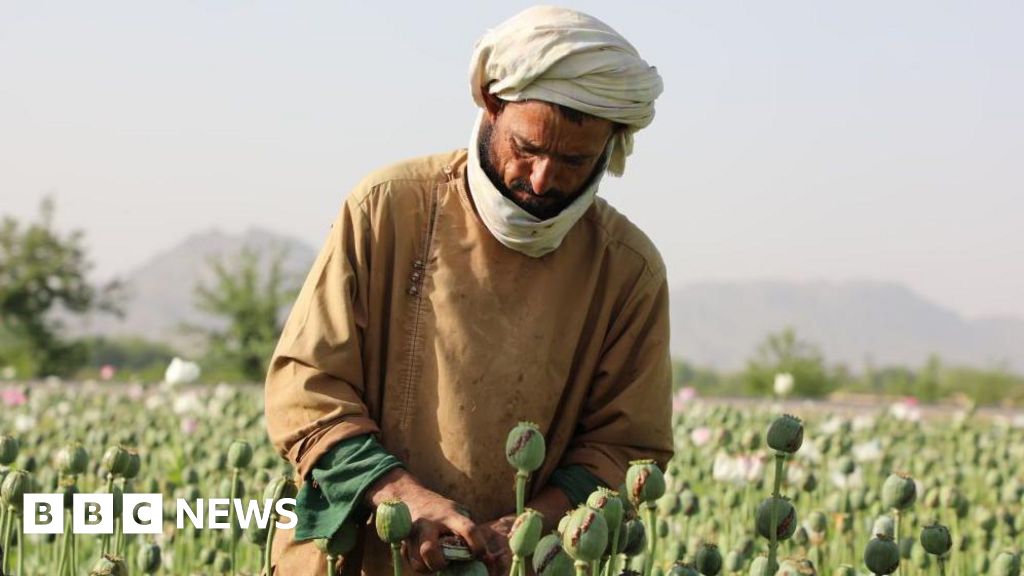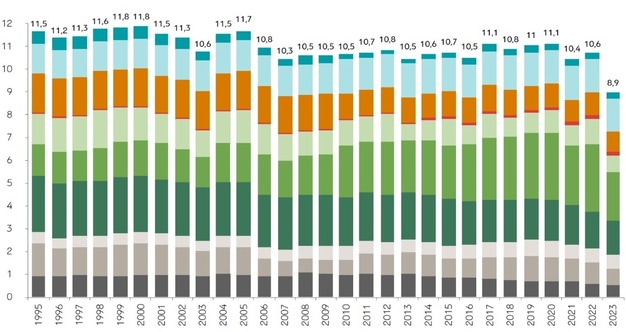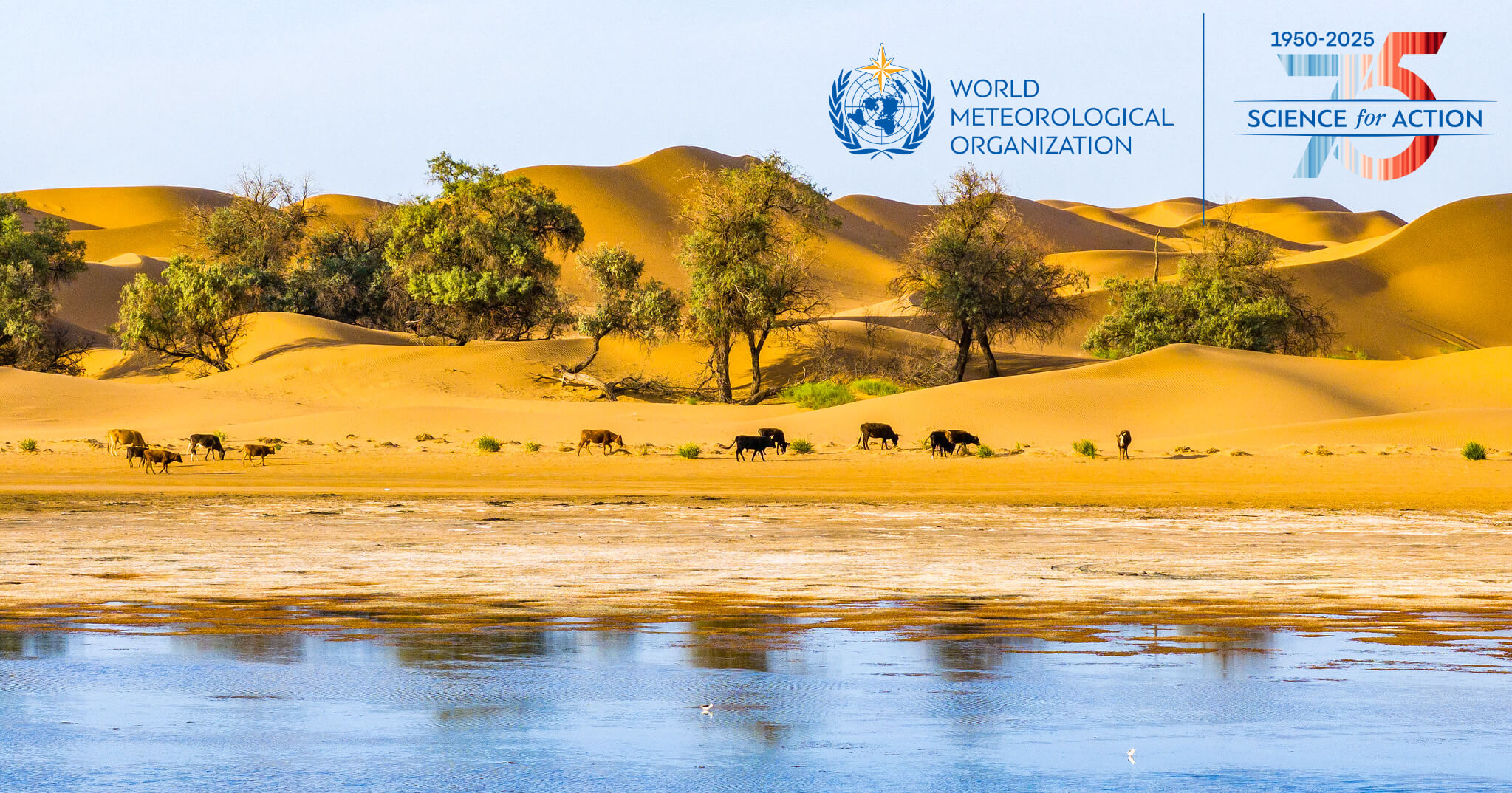Taliban’s grim ultimatum to man, 45, who married six-year-old girl – The Mirror

Report on Child Marriage and Human Rights Violations in Afghanistan in the Context of Sustainable Development Goals
Incident Overview: Marjah District Child Marriage
A recent incident in the Marjah district of Afghanistan has highlighted the severe regression in human rights and the direct contravention of multiple Sustainable Development Goals (SDGs). The case involves the marriage of a 45-year-old man to a six-year-old girl. The de facto authorities reportedly intervened, not to nullify the marriage, but to order that cohabitation be delayed until the child reaches the age of nine. The groom and the child’s father were arrested but subsequently not charged, indicating a significant failure in institutional justice, a key component of SDG 16 (Peace, Justice and Strong Institutions).
Direct Violations of SDG 5: Gender Equality
This event is a stark illustration of the failure to uphold SDG 5 (Gender Equality), particularly Target 5.3, which calls for the elimination of all harmful practices, such as child, early, and forced marriage.
Legal and Social Context
- Legal Vacuum: Following the 2021 change in governance, the codified minimum marriage age of 16 was abolished. The determination of a ‘marriageable age’ is now based on interpretations of Islamic law, which removes legal protection for girls and disregards their consent. This undermines SDG Target 16.2 (End abuse, exploitation, trafficking and all forms of violence against children).
- Economic Drivers: The practice is often driven by extreme poverty, linking this human rights crisis to SDG 1 (No Poverty). Reports indicate a surge in ‘walwar’, where families exchange daughters for money to survive.
- Prevalence Statistics: The situation reflects a broader, systemic issue.
- According to Girls Not Brides, 28.7% of Afghan girls are married before the age of 18, and 9.6% before 15.
- A United Nations report noted a 25% increase in child and forced marriages since the systematic oppression of women intensified.
Systemic Crisis Impacting Multiple SDGs
Erosion of SDG 4: Quality Education
The prohibition of secondary education for girls is a fundamental violation of SDG 4 (Quality Education). This policy has catastrophic and far-reaching consequences that impede national development.
- According to UNICEF, if the ban persists until 2030, over four million girls will have been denied their right to education beyond the primary level.
- This denial of education cripples girls’ potential for economic independence, directly impacting SDG 8 (Decent Work and Economic Growth).
- The lack of education increases girls’ vulnerability to early and forced marriages, creating a vicious cycle that further entrenches gender inequality (SDG 5).
Repercussions for SDG 3: Good Health and Well-being
The educational ban has severe and measurable consequences for public health, directly undermining SDG 3 (Good Health and Well-being).
- The country faces a critical shortage of qualified female health workers, which will prevent women and girls from receiving necessary medical care.
- UNICEF estimates this will lead to a significant increase in preventable deaths, directly contravening SDG Target 3.1 (reduce maternal mortality) and Target 3.2 (end preventable deaths of newborns and children). Projections include:
- An additional 1,600 maternal deaths.
- Over 3,500 additional infant deaths.
Breakdown of SDG 16: Peace, Justice and Strong Institutions
The current environment in Afghanistan demonstrates a collapse of the frameworks necessary for achieving SDG 16. The systematic removal of women from public life—including bans from public spaces, restrictions on movement, and mandatory full-body coverings—represents the institutionalization of discrimination. The failure to prosecute perpetrators of child marriage erodes the rule of law and perpetuates a climate of impunity, leaving half the population without justice or protection.
Analysis of Sustainable Development Goals in the Article
1. Which SDGs are addressed or connected to the issues highlighted in the article?
The article discusses several interconnected issues in Afghanistan, primarily focusing on child marriage, the erosion of women’s rights, and the denial of education to girls. These issues are directly relevant to the following Sustainable Development Goals (SDGs):
- SDG 5: Gender Equality – This is the most prominent SDG, as the article’s core theme is the systematic oppression of women and girls, exemplified by child and forced marriages, and the removal of women from public life.
- SDG 4: Quality Education – The article explicitly details the ban on secondary education for girls, which directly contravenes the goal of ensuring inclusive and equitable quality education for all.
- SDG 3: Good Health and Well-being – The consequences of the education ban and child marriage on women’s and children’s health are highlighted, including projected increases in maternal and infant mortality.
- SDG 16: Peace, Justice and Strong Institutions – The article points to a breakdown of the legal system, with the removal of a minimum age for marriage and a lack of formal charges against perpetrators, indicating a failure of justice and institutions to protect the vulnerable.
- SDG 1: No Poverty – The article links poverty to the rise in child marriage, noting that “struggling families are often forced to sell their own daughters to keep food on the table.”
2. What specific targets under those SDGs can be identified based on the article’s content?
Based on the issues discussed, several specific SDG targets can be identified:
- Under SDG 5 (Gender Equality):
- Target 5.3: “Eliminate all harmful practices, such as child, early and forced marriage…” The entire article is centered on this issue, detailing a specific case of a six-year-old girl being married and the general rise of child marriage in Afghanistan. The practice of ‘walwar’, where girls are exchanged for cash, is a form of forced marriage.
- Target 5.2: “Eliminate all forms of violence against all women and girls in the public and private spheres, including trafficking and sexual and other types of exploitation.” The article describes ‘walwar’ as a practice that has “surged,” which constitutes trafficking and exploitation of girls.
- Target 5.1: “End all forms of discrimination against all women and girls everywhere.” The article describes “systematic oppression,” including bans on women speaking in public, showing their faces, and accessing public spaces like gyms and salons, which are clear forms of discrimination.
- Under SDG 4 (Quality Education):
- Target 4.1: “By 2030, ensure that all girls and boys complete free, equitable and quality primary and secondary education…” The article explicitly states that “girls have been forbidden from pursuing secondary education,” directly undermining this target.
- Target 4.5: “By 2030, eliminate gender disparities in education…” The ban on secondary education for girls creates a profound gender disparity in the Afghan education system.
- Under SDG 3 (Good Health and Well-being):
- Target 3.1: “By 2030, reduce the global maternal mortality ratio…” The UNICEF statement quoted in the article directly links the education ban to a future shortage of female health workers, estimating “an additional 1,600 maternal deaths.”
- Target 3.2: “By 2030, end preventable deaths of newborns and children under 5 years of age…” The same statement estimates “over 3,500 infant deaths” as a consequence of the crisis.
- Under SDG 16 (Peace, Justice and Strong Institutions):
- Target 16.2: “End abuse, exploitation, trafficking and all forms of violence against… children.” The marriage of a six-year-old girl and the practice of ‘walwar’ are direct examples of child abuse, exploitation, and trafficking.
- Target 16.3: “Promote the rule of law… and ensure equal access to justice for all.” The article notes that “there is no longer a codified minimum marriage age in Afghanistan” and that the perpetrators in the specific case were “arrested, but not charged,” showing a collapse of the rule of law and access to justice for girls.
3. Are there any indicators mentioned or implied in the article that can be used to measure progress towards the identified targets?
Yes, the article provides several quantitative and qualitative indicators that can be used to measure the status of these targets in Afghanistan.
- For Target 5.3 (End Child Marriage):
- Indicator: The proportion of girls married before a certain age. The article provides specific statistics from the organization Girls Not Brides: “28.7 per cent of Afghan girls marry before the age of 18, while 9.6 per cent marry before they turn 15.”
- Indicator: The rate of change in child marriage. A UN report is cited, stating that “systematic oppression has sparked an alarming 25 per cent rise in child and forced marriages.”
- For Target 4.1 & 4.5 (Quality Education & Gender Parity):
- Indicator: The number of girls deprived of education. UNICEF is quoted as saying, “If this ban persists until 2030, over four million girls will have been deprived of their right to education beyond primary school.”
- Indicator: Existence of discriminatory policies. The “ban on girls’ secondary education” is itself a key qualitative indicator of regression.
- For Target 3.1 & 3.2 (Maternal & Infant Mortality):
- Indicator: Projected mortality rates. The article includes UNICEF’s estimations of the consequences of the education ban: “an additional 1,600 maternal deaths and over 3,500 infant deaths.” These serve as projected indicators of worsening health outcomes.
- For Target 16.3 (Rule of Law):
- Indicator: Existence of legal protections. The statement that “there is no longer a codified minimum marriage age in Afghanistan” is a direct indicator of the removal of legal frameworks that protect children.
4. Summary Table of SDGs, Targets, and Indicators
| SDGs | Targets | Indicators Identified in the Article |
|---|---|---|
| SDG 5: Gender Equality | 5.3: Eliminate all harmful practices, such as child, early and forced marriage. |
|
| SDG 4: Quality Education | 4.1: Ensure all girls and boys complete free, equitable and quality primary and secondary education. 4.5: Eliminate gender disparities in education. |
|
| SDG 3: Good Health and Well-being | 3.1: Reduce the global maternal mortality ratio. 3.2: End preventable deaths of newborns and children under 5. |
|
| SDG 16: Peace, Justice and Strong Institutions | 16.2: End abuse, exploitation, trafficking and all forms of violence against children. 16.3: Promote the rule of law and ensure equal access to justice. |
|
| SDG 1: No Poverty | 1.1: Eradicate extreme poverty. |
|
Source: mirror.co.uk

What is Your Reaction?
 Like
0
Like
0
 Dislike
0
Dislike
0
 Love
0
Love
0
 Funny
0
Funny
0
 Angry
0
Angry
0
 Sad
0
Sad
0
 Wow
0
Wow
0
























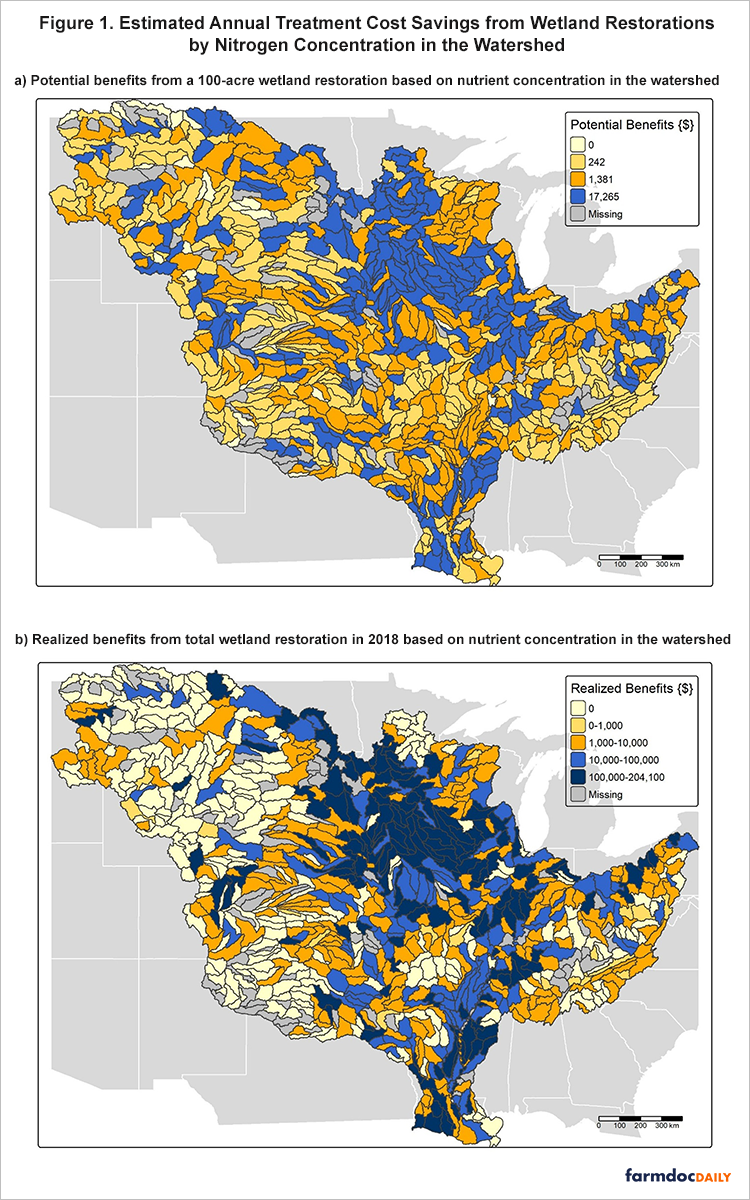







_2.png?#)






















